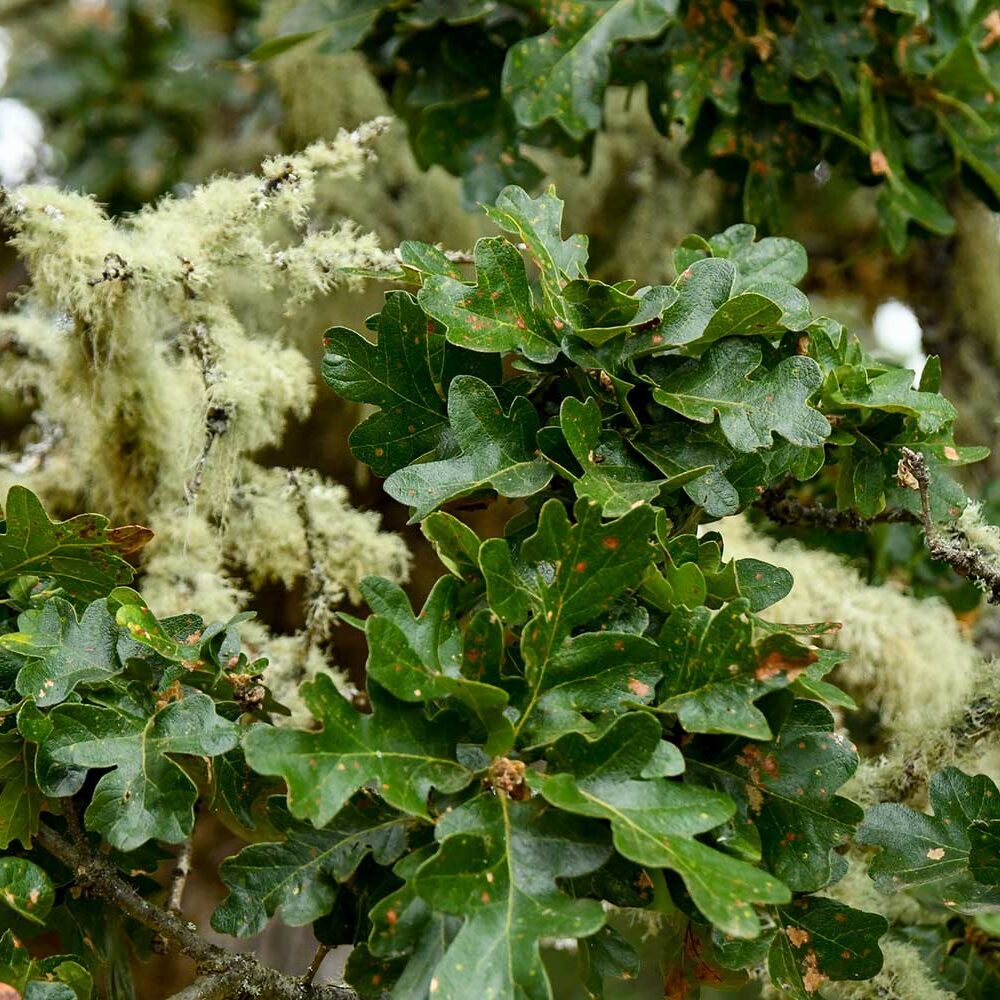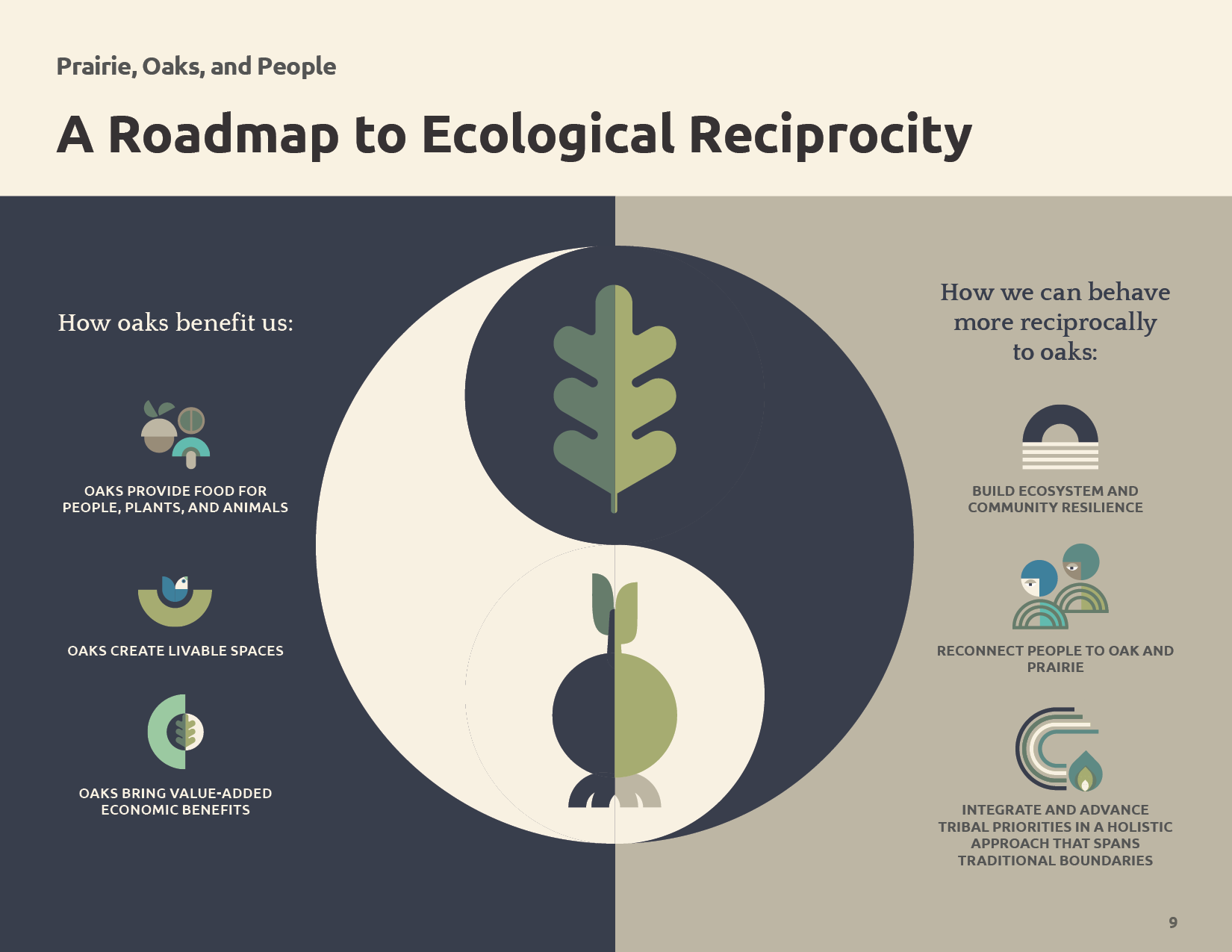Why Oak Matters
Oak and prairie systems are some of the most biodiverse, culturally important, drought-tolerant, and fire-adapted habitats in the Pacific Northwest. They are also among the most imperiled.
Oregon Oak NRCS Credit: Tracy-Robillard
10%
Remains of historic oak and prairie range
-
5%
Remain in British Columbia
-
3%
Remain in Washington
-
25%
Remain in Oregon
-
66%
Remain in California
Two iconic features define the prairie-oak ecosystems of the Pacific Northwest.
First is the signature oak tree –typically Oregon white oak (Quercus garryana) from northern California to British Columbia, and California black oak (Quercus kelloggii) at the southern end of the region.
The second feature is the open prairies that dominate some parts of the landscape and are scattered among the oak habitats in other areas. Prairies support the most vulnerable elements of the region’s biodiversity, including endangered butterflies whose survival is inextricably linked to the flowers of threatened and endangered plant species found only in these increasingly rare habitats.

Heritage
Oaks are rooted in the heritage of many people; we have deep connections to these landscapes. Oak and prairie landscapes have particular cultural significance for our tribal partners, who bring traditional ecological knowledge to our shared stewardship strategies.
Ecosystem
Oak and prairie ecosystems host many endemic plants and more than 300 vertebrate species, including a variety of oak-associated birds that are continental priorities for conservation.
Economy
Healthy oak and prairie habitats produce direct economic benefits for landowners and local Communities.
Climate
Oak and prairie landscapes are drought-tolerant and fire-adapted, meaning they can withstand many of the impacts of climate change.
A Reciprocal Relationship
Oaks provide food for people, plants, and animals:
- First foods, plant materials, and medicines important to Indigenous communities
- Game species important to subsistence hunters
- Acorns, roots, flowers, insects, and leaves feed hundreds of wildlife species
- Abundant flowers for pollinators
Oaks create livable spaces:
- Provide shade from the sun for people, wildlife, and livestock
- Sequester carbon and store it underground in roots and soil
- Stabilize and build healthy soils and clean water
- Attenuate wildfire intensity
- Offer shelter for wildlife in cavities in the living trunks of trees and in snags
- Provide open space and scenic value
- Provide opportunities for rest and reconnection
Oaks bring value-added economic benefits:
- Support recreation and tourism – birding, hunting, hiking, and mountain biking
- Provide forage for livestock grazing
- Increase property values
- Improve soil quality
- Create scenic viewsheds
- Provide firewood, mushrooms, and other forest products

